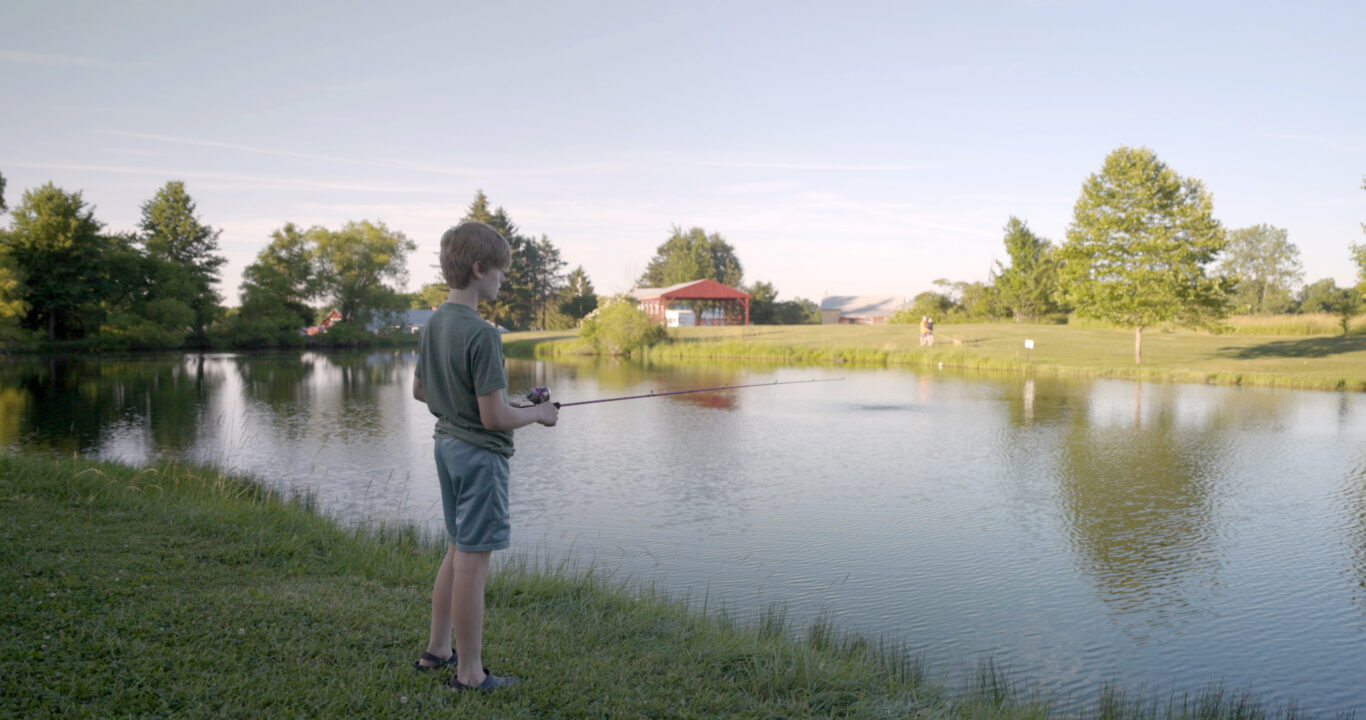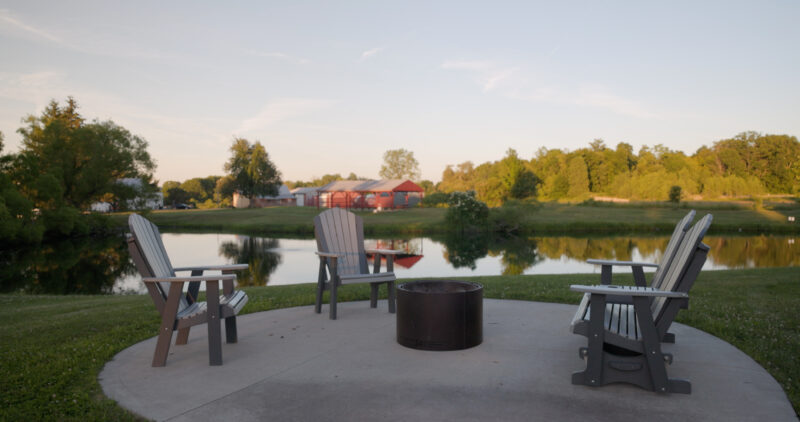
Outdoor skills development is essential to helping kids enjoy nature and understand what resources are available in wilderness survival situations. Children will also gain valuable lessons about hunting/foraging for food/drink and building shelter should they become lost.
Children need to learn outdoor navigation skills for safety reasons as well as saving money on costly navigation apps like GPS. Teach them how to read maps and use compasses.
Paying Attention
At camping or hiking trips, children must understand to pay close attention to their environment to avoid running into dangerous plants or animals. By becoming more attuned to nature, kids will gain vital wilderness survival skills that may save their lives in future adventures.
One good skill is to know how to recognize signs of dehydration, hypothermia or heat stroke so they can get assistance quickly. They should also learn how to collect water sources such as rain by other means such as using tarps.
Situational awareness enables children to use their surroundings effectively, such as following animal tracks or traveling downhill where water may be more likely to be found.
Building a Fire
Building a fire is an invaluable survival skill that could save your life in the wilderness, and provides warmth, cooking opportunities, and socialization opportunities when camping.
Start by clearing an ideal spot for your fire pit. Preferably, this should be on mineral soil (sand, gravel, etc) since intense heat can sterilize healthy soil and kill off beneficial organisms that reside there.
Next, gather tinder and kindling materials. Tinder includes items that catch fire quickly such as dry grass, twigs, bark, pine needles, or pocket lint. Cotton balls may also come in handy.
Making an Emergency Shelter
Knowledge of medicinal plants is invaluable. Teach your children about weeds, flowers, and herbs that can provide natural solutions for treating common ailments such as asthma.
Teaching kids how to build emergency shelters will ensure their safety if they become lost in the wilderness. This survival skill is particularly essential during winter adventures.
Knowing how to tie different knots is another invaluable survival skill, used for pitching tents, hanging clotheslines and lashing together items.
Identifying Plants
Due to their similar appearance, many plants may look alike; that’s why plant identification is such an essential skill for children to possess.
To identify wild plants, begin with a simple observation of their form and branching patterns before proceeding to examine their flowers, leaves, berries, and seeds. A regional botanical key will help reduce any chance of misidentification. Plant identification apps on smartphones have also come a long way.
Start off by identifying plants around your home, then take your child outside to gather samples to study.
Animal Tracks and Waste
Animal tracks don’t just appear deep in the woods – you can also spot them in mud, soft garden soil, sand, and snow! To successfully identify them is important.
Investigate animal tracks closely, counting toes and searching for claw marks. Also, observe patterns in how an animal moves – stride length (length of front feet) and straddle width (width of hind feet). Finally, keep an eye out for waste droppings from animals you encounter (known as “scat”).
Finding and Purifying Water
Water purification is of critical importance to survival in the outdoors, and children should learn the fundamentals of finding clean drinking water when out in nature. They should also understand why boiling and filtering their drinking water prior to consumption helps prevent diseases like dysentery.
Foraging for Food
Finding and gathering food in the wild is an invaluable outdoor skill for kids of any age, whether that means foraging for nettles to make soup, or exploring hedgerows for berries – not only does it teach vital survival techniques but it also develops situational awareness by teaching kids what constitutes normal behavior in their surroundings.
Identification is also key in order to be sure your food sources are safe for consumption – never consume anything you are uncertain of identifying positively!
Making a Survival Kit
Everyone should keep a survival kit handy while outdoors. Items may include whistles that can help signal for help when outdoors; select brightly-colored whistles so they don’t become lost amongst nature and aren’t easily misplaced.
Your survival kit should include:
- Dehydrated food
- First Aid Kit
- Water purification tablets
- Rain poncho
- Emergency blanket
- Compass
- Rope
- Multi-tool
- Knife
- Fire starting tools

Recent Comments